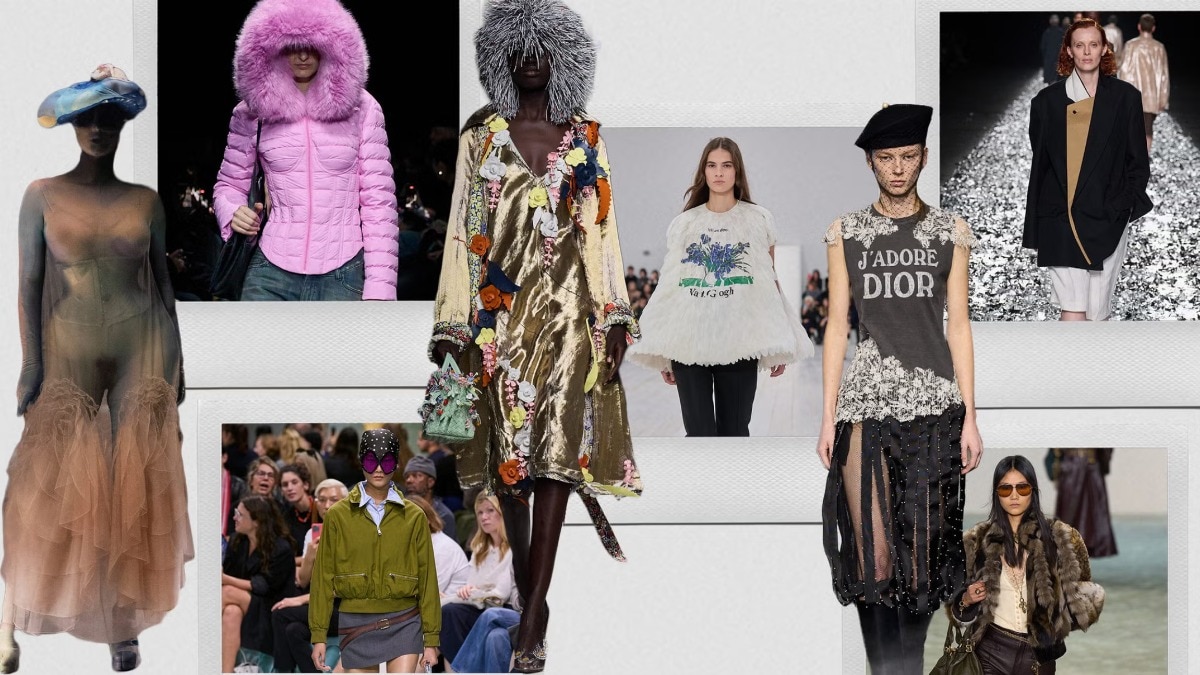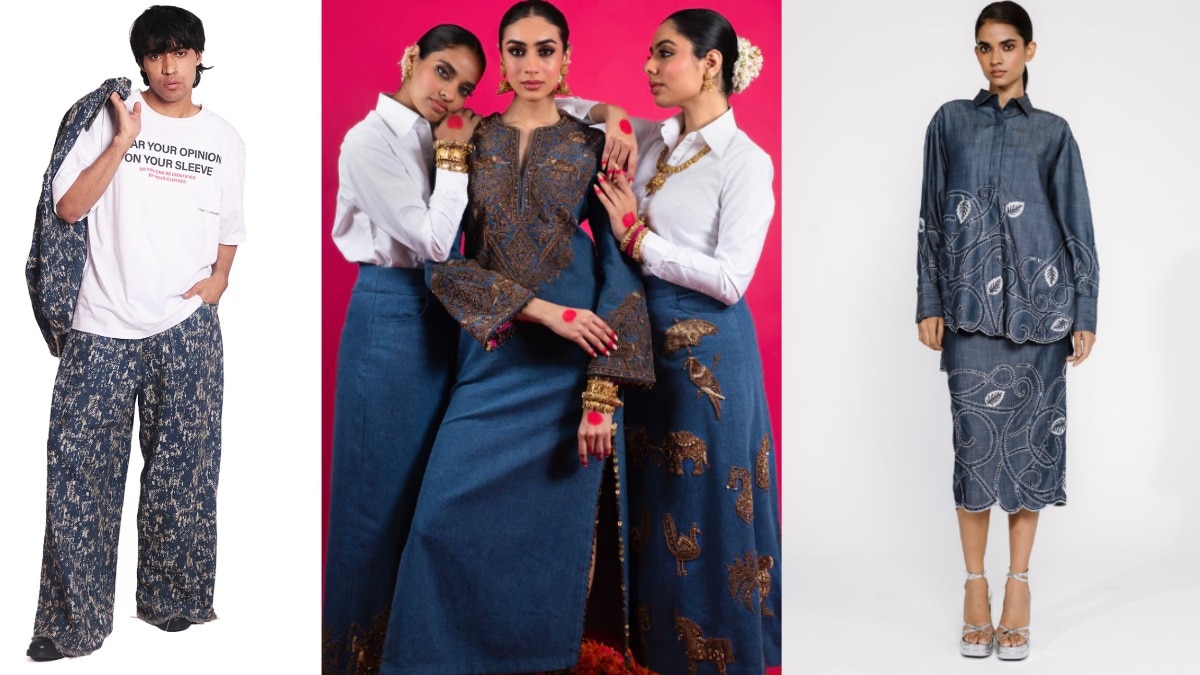
Designer Sanjay Garg of Raw Mango discusses sustainability, tradition, and what simplicity means to him
The story and the saree.


Right since it's inception, Raw Mango has become a staple name in the world of fashion, design, and textiles. One of the prime reasons behind this has been its founder and director Sanjay Garg who has struck the perfect balance between showcasing the rich and diverse traditions and culture of the country through an approach that is fresh and a symbol of today.
Garg, in an exclusive chat with Bazaar India, speaks about what and who is the Raw Mango woman, what does simplicity mean to him, living in a world where people dress up for social media, and much more.

Nandini Bhalla: Sanjay, what are your earliest memories of fashion, saris, colours, and textiles?
Sanjay Garg: As a child, I didn’t understand these things separately or view them as being different...it’s just life. So you don’t view your dadi’s lehenga or a Bandhani sari or a Leheriya sari as something extraordinary. I didn’t view these items as fashion then, and it was only when I ventured out in the world that I took notice of their unique beauty.
NB: What imprints did the dadi’s lehenga or the women on the streets leave on your mind?
SG: Every community has its own unique design language. And I think the boldness of colour comes from Rajasthan. There, I was introduced to different colour combinations, which redefine sophistication. Culturally, Rajasthan is very rich, and everyone is so stylish—men and women both wear exquisite jewellery. Aesthetics of clothing are built upon layers of colour and textures, bold and unapologetic. It is an aesthetic where fineness does not equal sophistication...you see, sophistication is simply an interpretation. I remember my teacher at NIFT saying that tota green (parrot green) is such a gavaru (unsophisticated) colour. I am from Rajasthan, and I never saw any colour as unsophisticated. And so I decided to stick by lime green. It was this perception that I sought to change...I wanted to provoke the purist, as well as people from the fashion world.

NB: The trend versus the purist…
SG: Not everything that comes from history is amazing. If that were the case, we would stop evolving. Some things are supposed to be taken forward and some, I think, need to die. So I would not change the way the loom has been functioning for a thousand years, but I can change the motif or the drape. If you want to make cool music, you need to understand the ragas first, only then can you dismantle them. Similarly, I enjoy building a traditional collection, and then I would like to dismantle it completely.
NB: Who is the Raw Mango woman?
SG: She is very comfortable in her skin and body. She is a confident woman...she wants to go to a nude beach and she wants to wear a sari—that’s a Raw Mango woman. The sari, to her, is a modern garment and she sees it as a part of her persona rather than as a burden. She doesn’t wear a sari because she needs to be seen a certain way. I believe she is very cool.
NB: What do you think is the power of the sari and where does it stand on a global canvas?
SG: The sari is such a powerful garment. The British tried to divide us into Bangladesh, India, and Pakistan, but the sari is still worn everywhere...so it is not a religious identity, according to me. Even when the missionaries came to the country, Mother Teresa chose to wear a sari. Mahatma Gandhi, when he became a part of the freedom struggle, abandoned his barrister clothing and decided to wear a drape, which is a sari for a man in a way. I think that makes the sari a very powerful and versatile garment.

NB: What does simplicity mean to you and why does it matter?
SG: It is subjective. I designed a collection in 2014, and it was the simplest and most minimalist then. To me, it’s become maximalist today, because I have created many other collections that are even simpler than before. I have realised that my brides are thought to be simple, because others are making 80kg lehengas. But I don’t think that is accurate. She is still wearing a lot of jewellery and a big lehenga. I see how Indian design is understood by the people who consume it. So I see it as a bigger role...I am looking for a cultural revolution.
NB: How do you feel about a world where dressing up is often more for social media, than ourselves?
SG: We are living in a dichotomy of sorts, where we are finally witnessing sustainability and change. I often tell people that they should only buy garments from me if they can imaging wearing them at least 10 times. This is my belief and philosophy.
NB: Congratulations on your new store in Hyderabad...your sixth store in the country. Where do you see Raw Mango going next?
SG: I think, in the future, we will be focusing on the international market. And hopefully, we will see even more Raw Mango stores next year.










